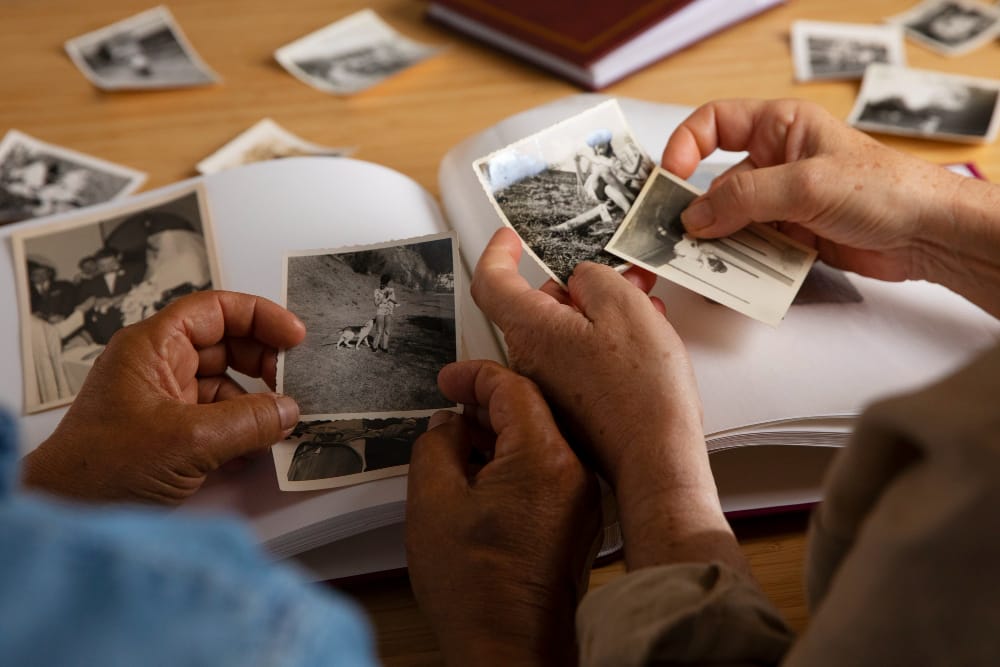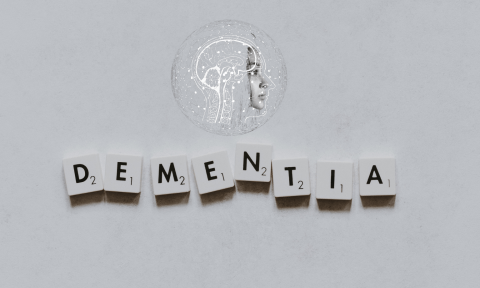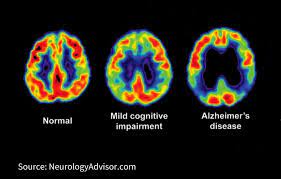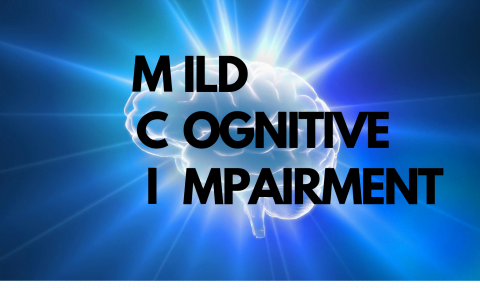We’ve all had those moments when we impress ourselves—maybe by vividly recalling a place we visited years ago or remembering every detail of a family gathering. But what if you could hold on to everything you see in perfect detail? That’s what eidetic memory and photographic memory are all about. Let’s explore these rare and fascinating types of memory.
What is Eidetic Memory?
Eidetic memory refers to recalling images or scenes with extraordinary clarity after only briefly seeing them. It’s like taking a mental picture—everything briefly remains sharp in your mind, even after the original object is gone. However, unlike memory in movies, eidetic memory is not permanent. It tends to fade after a few minutes. Intriguingly, this ability is more common in children, whose young minds are great at absorbing visual details.
Examples of Eidetic Memory:
- A child looks at a complex drawing for 30 seconds and can perfectly describe every part of it, even the tiniest details.
- You glance at someone’s outfit at a party, and later, you can still picture the exact colours and patterns without trying.
Why It’s Special:
Even though many kids show signs of eidetic memory, most people lose this sharp visual recall with age. It’s believed that as our brains grow more focused on language-based thinking, our ability to store visual information in this way decreases.

What is Photographic Memory?
Photographic memory takes the concept of eidetic memory a step further—if it exists. It’s the idea that someone can recall information, words, numbers, or entire scenes perfectly, just like a photograph in their mind, without forgetting over time. Imagine flipping through a book once and being able to recite every word weeks later! While it sounds like a superpower, scientists haven’t found solid evidence of anyone with true photographic memory.
Examples of What Photographic Memory Could Look Like (if it were real):
- Skimming a restaurant menu and later reciting every dish in perfect order.
- Taking one look at a map and recalling all the streets and landmarks days later.
Why It’s Controversial:
Some people claim to have photographic memory, but studies suggest these memories are not flawless. What often seems like photographic memory could be exceptional visual or long-term memory skills. Despite its mythical status, the idea fascinates us because it feels like a dream never to forget anything important.
How We Experience Memory/ Eidetic Memory in Everyday Life
Even though eidetic and photographic memory is rare (and photographic memory might not even exist), we all have moments when our memory feels unusually sharp. Here are some everyday examples:
- Visual Snapshots: You walk past a landmark just once and later remember precisely how it looked.
- Music Recall: A song plays on the radio, and you can sing along as if no time has passed since you first heard it.
- Scent Memories: A familiar smell instantly takes you back to a happy moment in childhood, like your grandma’s baking or the scent of a holiday perfume.
How to Preserve Your Memory and Why It Matters
Memory plays a huge role in shaping who we are—it connects us to our experiences, relationships, and sense of identity. Protecting and nurturing your memory helps maintain cognitive function as you age, supporting mental clarity and emotional well-being. Here are some practical tips to help preserve your memory and why it’s important:
Why Preserving Memory is Important
- Maintains Independence: A sharp memory allows you to manage daily activities effectively, from keeping appointments to making decisions.
- Strengthens Relationships: Remembering names, events, and conversations helps you stay connected with others and build meaningful bonds.
- Supports Mental Health: Clear memory enhances confidence and reduces frustration, improving emotional well-being.
- Prevents Cognitive Decline: Preserving memory helps delay age-related memory loss and lowers the risk of conditions like dementia.
Eidetic Memory: Tips to Preserve and Improve your Memory
- Stay Mentally Active
Engage in activities that challenge your brain, like puzzles, learning new skills, or playing memory-based games. - Exercise Regularly
Physical activity improves blood flow to the brain, helping with memory and cognitive function. A 30-minute walk can make a difference! - Get Quality Sleep
Sleep is critical in consolidating memories, so aim for 7-9 hours of good rest each night. - Practice Mindfulness and Meditation
Mindfulness reduces stress and improves focus, helping your brain retain information over time. - Eat Brain-Healthy Foods
To support brain function, eat foods rich in antioxidants, omega-3 fatty acids, and vitamins, such as fish, nuts, leafy greens, and berries. Also read 11 best foods to boost your brain and memory - Stay Socially Engaged
Meaningful conversations and social activities stimulate your brain, improving memory and emotional health. - Use Mnemonics and Journaling
Writing things down, using memory aids, or keeping a journal can help reinforce essential details and create more robust memory pathways. - Manage Stress Levels
Chronic stress affects your ability to retain information, so practising relaxation techniques like yoga or deep breathing can help.

Final Thoughts : A Memory to Hold On To
Though most of us may never have eidetic or photographic memory, we all have memories worth holding onto. From the first time you rode a bike to the lyrics of your favourite song, your memories create your life story. The natural beauty of memory lies in the connections it fosters—with ourselves and others.
So, what’s a memory that always makes you smile? 😊Write to us at [email protected]
Eidetic memory is rare and mostly seen in children, while true photographic memory likely doesn’t exist.
Short-term memory holds information temporarily, while long-term memory stores it for extended periods, like facts or experiences.
Stay mentally active, get enough sleep, use mnemonic techniques and practice mindfulness.
Emotional and sensory connections make certain memories more vivid and easier to recall.
Yes, smells are closely linked to memory and emotion, often triggering vivid memories from the past.
Working memory lets you hold and manipulate information temporarily, like when doing mental math or planning tasks.




